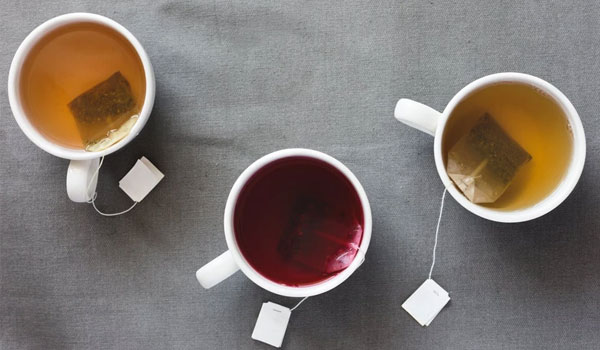25Aug
Six kinds of tea
As an avid tea drinker, I have always preferred tea over plain water, as plain water often tastes bland or has a strange metallic taste. While I have had years of experience drinking tea and have become familiar with the names of different teas, I recently realized that I didn’t really understand the different classifications of tea. That’s why I sought out some experts to learn more.
In China, tea is categorized into six main types based on the level of fermentation, which affects the aroma and flavor of the tea:
- Black tea: Black tea is fully fermented and is the most widely consumed type of tea. It is believed to have originated from Fujian province and was later introduced to Europe and other parts of the world.
- Green tea: Green tea is non-fermented and is known for its fresh and delicate flavor. It is the second most widely consumed type of tea after black tea and is represented by famous teas such as Longjing and Biluochun.
- Oolong tea: Oolong tea is semi-fermented and has the most diverse and rich flavor profile. It originated in Fujian province and different production methods have created different classic flavors, such as Wuyi Rock Tea, Phoenix Single Bush, and Anxi Tie Guan Yin.
- White tea: White tea is lightly fermented and has a sweet and refreshing taste. It retains the most nutrients with the least amount of processing. White tea originated in Fujian province and only China produces white tea. The most famous types of white tea are Bai Hao YinZhen (Silver needle white tea), Bai Mu Dan (White Peony), Gong Mei, and Shou Mei
- Yellow tea: Yellow tea is slightly fermented and has a sweet and mellow taste. After the tea leaves are killed, they undergo a process of “moist yellowing” in a warm and humid environment without enzymatic oxidation. Famous yellow teas include Junshan Silver Needle and Mengding Yellow Bud.
- Dark tea: Dark tea is post-fermented and is represented by teas such as Yunnan Pu-erh or Anhua Heicha. Pu-erh tea can be further divided into raw and ripe Pu-erh tea. After aging, dark tea develops unique flavors and aromas.
While these six categories summarize the types of teas available on the market, the unique production methods and characteristics of tea from different regions and producers lead to a wide variety of flavors and benefits. Each tea has its own unique features and health benefits, which make the tea market vibrant and diverse.



